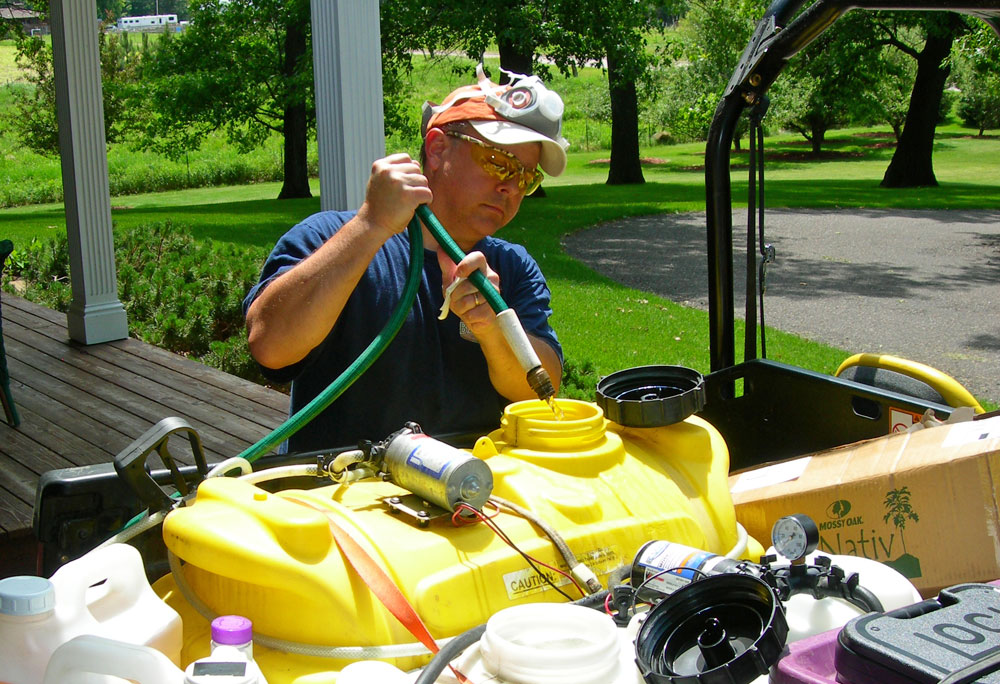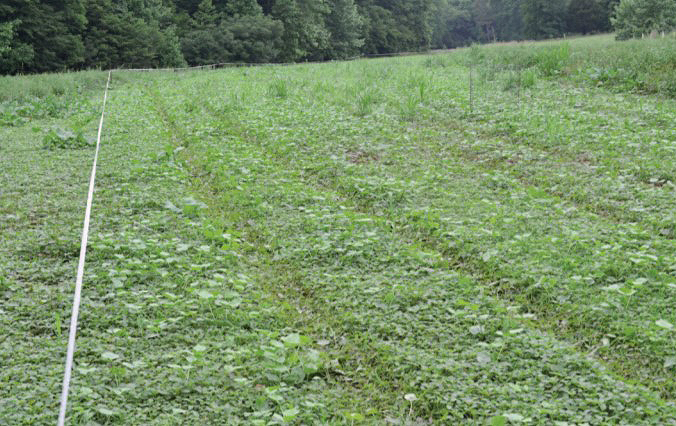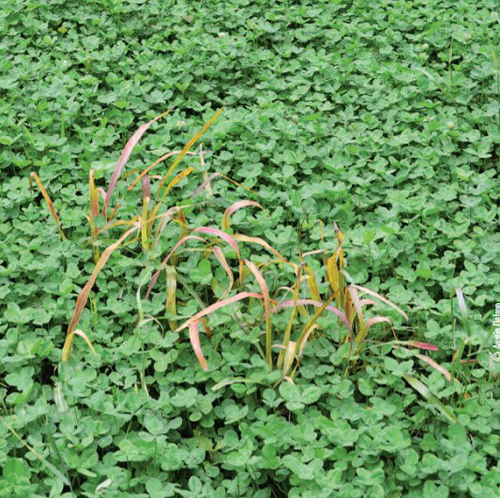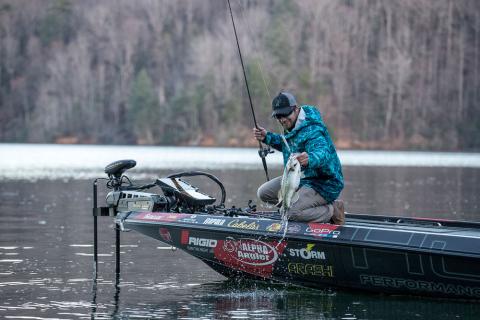Austin Delano | Originally published in GameKeepers: Farming for Wildlife Magazine. To subscribe, click here.

Anyone who has spent time farming, gardening or growing food plots has likely come to the realization that herbicides can be your best friend. Personally, I would hate to try and raise a crop without them anymore. People that are new to planting or just new to using herbicides can have a lot of reservations about them in fear they may spray the wrong chemical or not use it correctly. There are a vast number of herbicides available – some new technology, a lot of old products with new names, generics made by several companies, and new formulations of old products. Even to an experienced farmer, wading through all the choices can be a task and it is ever changing.
Outside of glyphosate and some grass-specific herbicides that many wildlife managers are familiar with, I believe there are many really effective herbicides that can be used in controlling weeds for food plots, forestry applications and timber stand improvement, or invasive weed control in wildlife openings that are seldom used because no one is familiar with them or their purpose.
If a food-plotter really wants to feel good about what they are going to spray and not just take some part-time employee at the farm supply store’s word for it, you should have several critical pieces of information ready for your research:
- Identify what type of weeds or grasses you are trying to control
- Know the crop you are trying to protect
- Calculate the size of areas to spray
- Calibration and output of your spray equipment
- General soil type (clay through the spectrum to sand) and its pH level

After the basics are covered you can start looking into what “mode of action” or “site of action” the herbicide uses to control the plants. This is usually the description of the process or enzyme in the plant the chosen herbicide will interrupt and affect the plants development, or simply the way in which the herbicide controls susceptible plants. This “mode of action” (MOA) may also be an explanation of the injuries or symptoms to expect on the plants you want to control. Some of the more common MOA’s are growth regulators, root growth inhibitors, photosynthesis inhibitors, amino acid disruptors, or ALS inhibitor (amino acid inhibitors) and PPO inhibitors (cell membrane disruptors).

As an example, clethodim which is a commonly used post-emergent grass-specific herbicide used on legumes and other broadleaf crops, is an ACCase (Acetyl CoA Carboxylase) Inhibitor from the chemical family Cyclohexanedione. This herbicide works by inhibiting the ACCase enzyme and catalyzes membrane and fatty acid synthesis. Generally speaking, most broadleaf plants have a natural resistance to this family of herbicides because of a less sensitive ACCase enzyme.

can be very effective.
A popular topic around agriculture currently is herbicide resistant weeds, or the plant’s ability to survive being exposed to a certain herbicide. Contrary to the belief of some critics, a plant’s resistance to an herbicide is a phenomenon found naturally in the plant and animal kingdom. The popular saying now used by the media is “superweeds,” used to describe a weed tolerant of herbicide, usually referring to glyphosate (Roundup). Still some suggest that these herbicide resistant weeds are a new problem and specific to genetically modified crops.
Val Giddings, who is a Ph.D. in Genetics and Evolutionary Biology, has vast experience with biotech crops, and has served as an expert consultant to numerous governments worldwide and has the following to say about common misinformation on herbicide resistance that is contradicted by current data.
Herbicide-tolerant weeds are not new—they’ve been well-known and understood for decades. Herbicide-resistant weeds are not caused by GM crops. They result from weeds with natural genetic immunity, or that have adapted to the prolonged use of one herbicide using the same mode of action to control the same population of weeds over a number of years. Herbicide-tolerant weeds are not “super-weeds.” They can still be controlled, either through rotating with alternative herbicides having a different mode of action, crop rotation, green mulches, cover crop management or mechanical cultivation.
Over the last decade, several weeds have proved to be very troublesome for row crop farmers and food plot guys as well. Marestail (often called horseweed), Palmer Amaranth (most often called pigweed), and Italian ryegrass are three of the most widespread problems. Palmer Amaranth is referred to as the perfect weed by many. With pigweed’s ability to grow 3 inches a day and female plants that produce more than a million seeds each, it can quickly overtake a field. As with many other weeds, the key to controlling resistant Palmer Amaranth is early detection and action. Results are best when pigweeds are sprayed at 3 inches or less. My personal experience is that they are next to impossible to control consistently when they get beyond 6 inches in height.
To combat herbicide resistance there are a few seemingly simple but crucial steps - early detection and identification, proper timing of herbicide application and not using reduced rates of herbicides. If you have farmers around the property you manage, take the time to talk with them and learn what weeds they have a problem with and what they are having success with for control.
Many are also turning back to older methods that are not used much in modern day no-till practices such as planting crops on narrower rows, using deep tillage equipment and adding cover crops to combat these troublesome weeds. An often overlooked area to help control these weeds that are so tough is to control them in adjacent areas to the fields you are managing. Simply mowing or spraying roadsides and ditches to prevent weeds from maturing and producing seeds can be a big difference maker. All of this info may sound like it pertains only to cash crop farmers, but it is all very applicable to the gamekeeper who is managing 2 acres or 2,000. Take the time to research the herbicides you are spraying and the weeds you aim to control.































